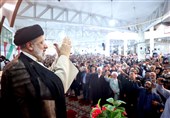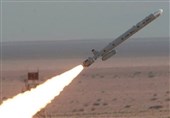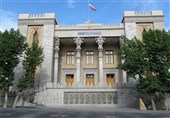Details Emerge on Iran’s Retaliatory Operation Against Israel
TEHRAN (Tasnim) – New details have emerged about the retaliatory ‘True Promise Operation’ that the Iranian armed forces carried out against the Israeli military targets on April 14.
In the early hours of April 14, the IRGC Aerospace Force launched tens of missiles and drones against military targets in the occupied territories in retaliation for the Israeli regime’s April 1 airstrike that killed seven Iranian military commanders and advisers in Syria.
While the IRGC employed its old weaponry in the operation, the Zionist regime had to resort to every possible equipment in its possession for defense, which revealed too much information about its operational capabilities.
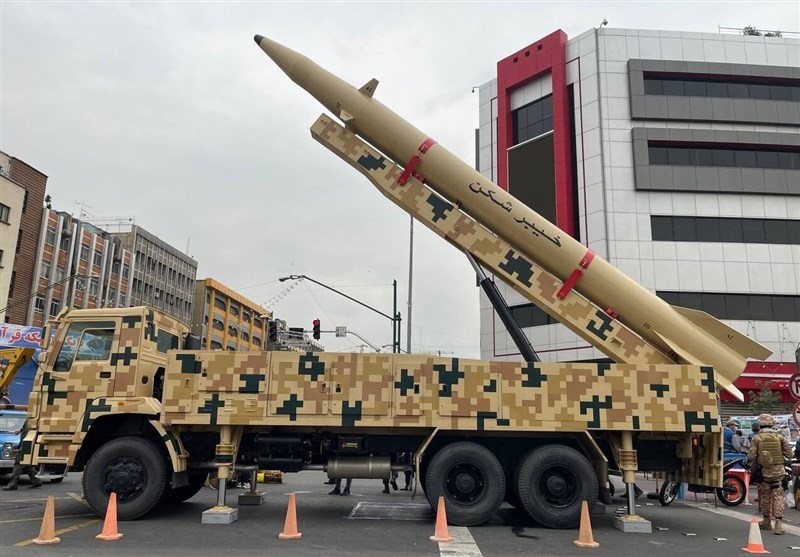
The Iranian officials informed the regional countries about Tehran’s decision to launch the operation 72 hours in advance, so that the US and Israel made the final preparations for confrontation.
The IRGC Aerospace Force finally started the hybrid missile and drone operation on April 12 night by flying Shahed-136 suicide drones, before firing cruise and ballistic missiles.
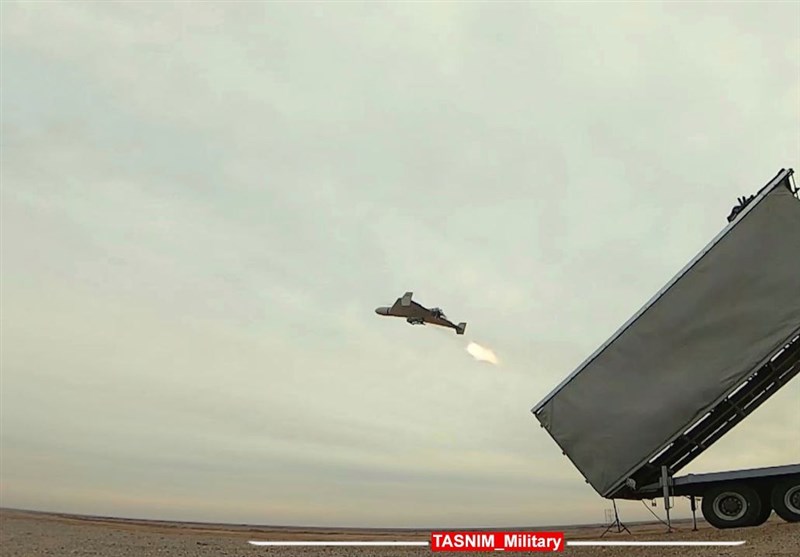
The enemy displayed maximum defense preparedness in the face of Iran’s operation. In fact, Iran could test its war machine in a restricted operation against the full and maximum air defense shield of the enemy.
The Operation True Promise was different in several ways from the previous missile operations of the IRGC against the terrorist groups in Syria or against the American Ain al-Asad military base in western Iraq.
The IRGC Aerospace Force chose many locations across Iran to launch missiles and drones.
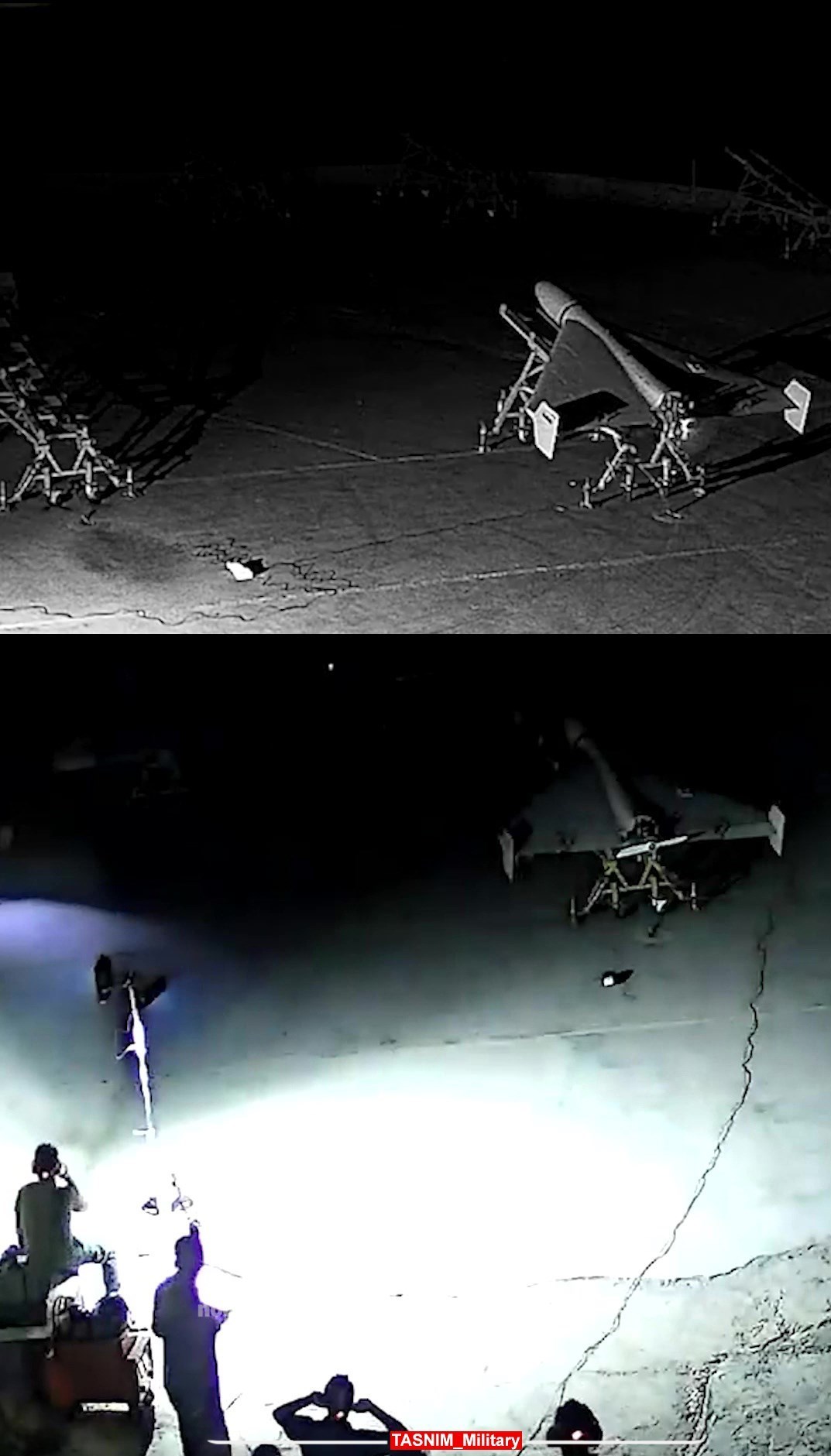
Since the Israeli regime had launched a direct strike on Iran’s diplomatic mission in Damascus, the Islamic Republic ran out of “strategic patience” and carried out a direct operation against the enemy inside the occupied territories single-handedly to give a slap in the Zionist regime’s face and prevent a recurrence of attacks against Iran.
As Chief of Staff of the Iranian Armed Forces Major General Mohammad Hossein Baqeri clarified, the operation was zeroed in on two main targets that were directly involved in the April 1 airstrike on Iran’s embassy in Syria, namely an espionage base in the Golan Heights and the Nevatim airbase from which the Israeli fighter jets had taken off.
The three main weapons utilized in Iran’s punitive operation against the Israeli regime included drones, cruise missiles and ballistic missiles, known as the three main branches of the IRGC Aerospace Force’s offensive weapons.
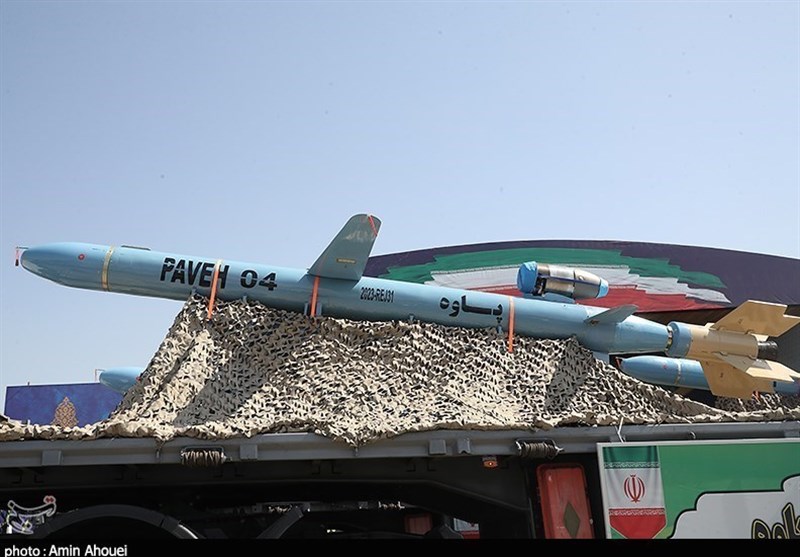
The first wave of the operation began with the launch of suicide drones, all or most of which were Shahed-136 equipped with propellers.
The Iranian drones had to travel a distance of 1,000 kilometers to hit the enemy. Considering their low speed and the air defense coverage of the enemy, the employment of Shahed-136 raised questions for many observers.
It appears that the wave of Iranian drones was indeed part of a false flag operation in order to occupy the attention of the air defense of the Zionist regime and the coalition assisting it.
Given the duration of the drone operation, the enemy’s aerial capability was practically engaged in detecting and shooting down the drones, so the possibility of a counterattack against Iran’s missile silos was minimized.
The IRGC has reportedly not employed jet-powered suicide drones, namely the Shahed-238 class. The Shahed-136 drones utilized in the operation have been flown from mobile launchers on vehicles.
The second wave of the strike included cruise missiles. Images indicate that the IRGC Aerospace Force has fired the first generation of Paveh cruise missiles with fixed wings.
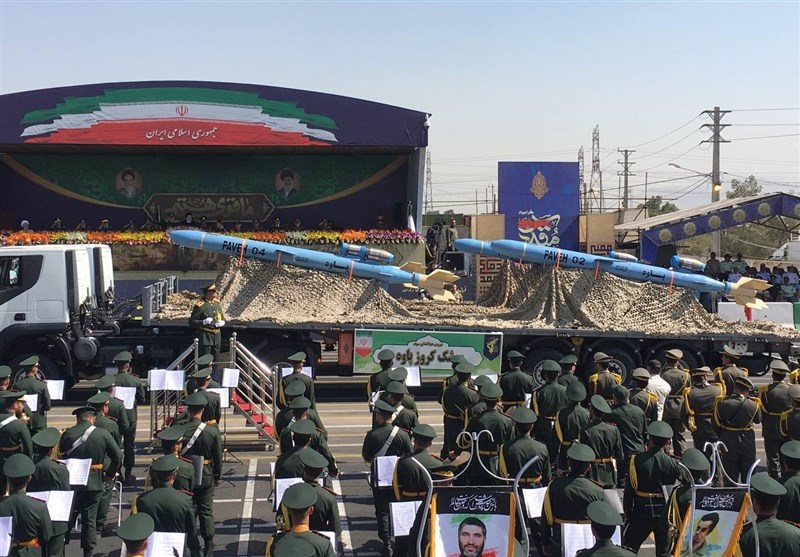
The missiles have been fired from mobile launchers carried by trucks. Equipped with a turbojet engine, Paveh cruise missile has a range of over 1,000 kilometers and flies at cruising speed of 700 to 900 km/h.
The main wave of the Operation True Promise began with the launch of ballistic missiles in the early hours of April 14. Thanks to their high velocity, the Iranian ballistic missiles entered the airspace of the occupied territories within minutes. The released information illustrates that the IRGC has not fired Sejjil, Khorramshahr, Haj Qassem, Kheibar-buster 2, or Fattah hypersonic missiles in the operation.
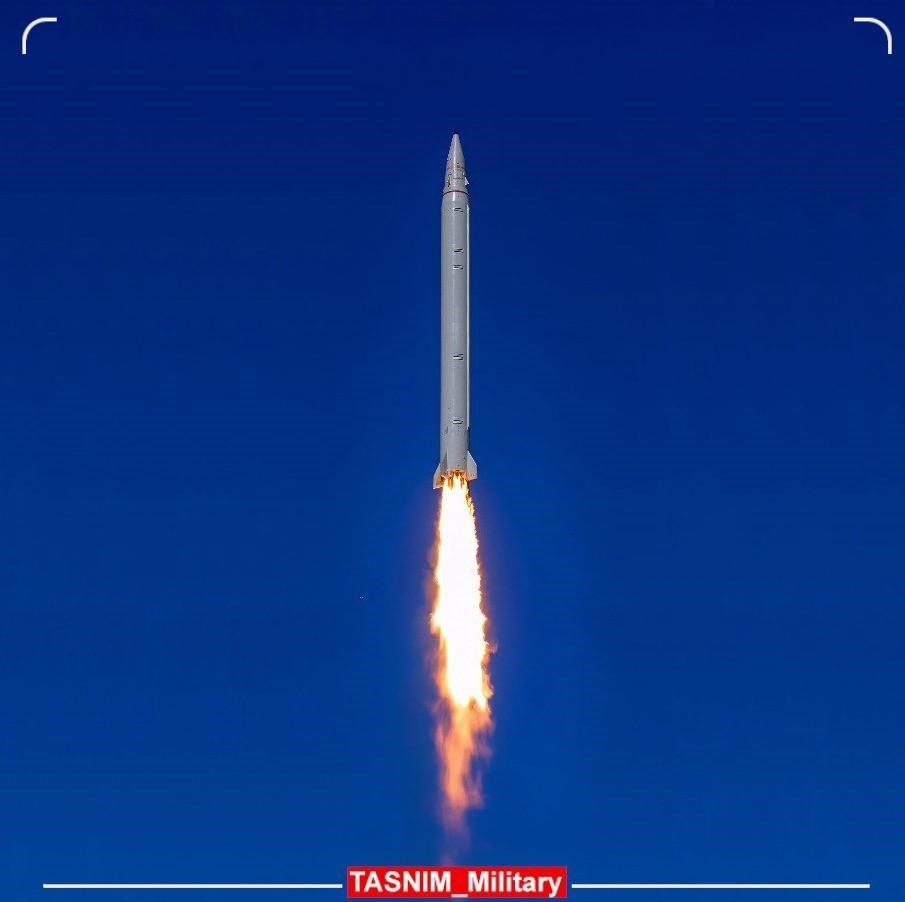
A review of the Iranian ballistic missiles designed to hit Israel shows that the only remaining options were Dezful with a range of 1,000 km, Qiam-2 (1,000 km), Rezvan (1,400 km), Kheibar-buster 1 (1,450 km), Emad (1,650 km), and Qadr with a range of 1,950 km. The first two missiles have been utilized in the operation considering the distance between the launch point and the ground zero.
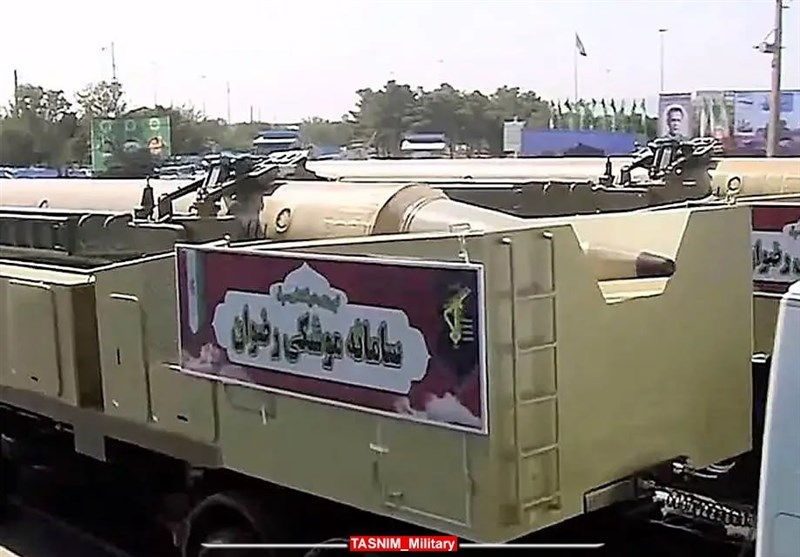
Dezful and Kheibar-buster run on solid fuel, while the rest consume liquid fuel.
A series of images purportedly of the parts of Iranian missiles brought down by the air defenses suggest that the projectiles contained micro munition payloads, or fragmentation warheads.
Such projectiles were illuminated in the videos, resembling a burning object or a component of a downed missile, while this type of projectile would scatter across various directions when it gets hit.
The utility of fragmentation warheads seems to have been aimed at attracting the thermal seekers of the air defense missiles or the ground-based thermal detection systems.
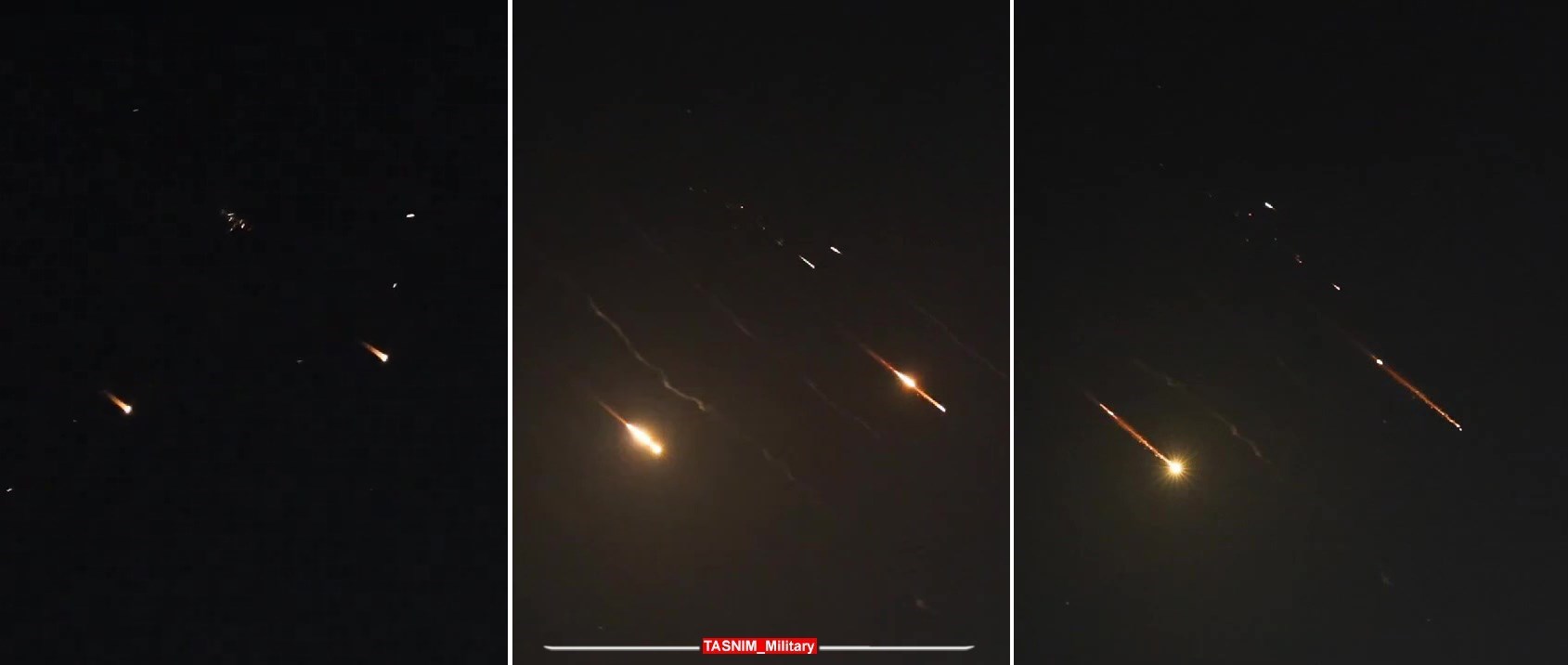
Since the size and weight of this type of projectile mirror those of real ballistic missiles, they are hardly recognized by the enemy’s air defense. These projectiles can well keep the enemy’s air defense busy and result in the depletion of the ready-to-fire missiles. Thus, the air defense system becomes outnumbered.
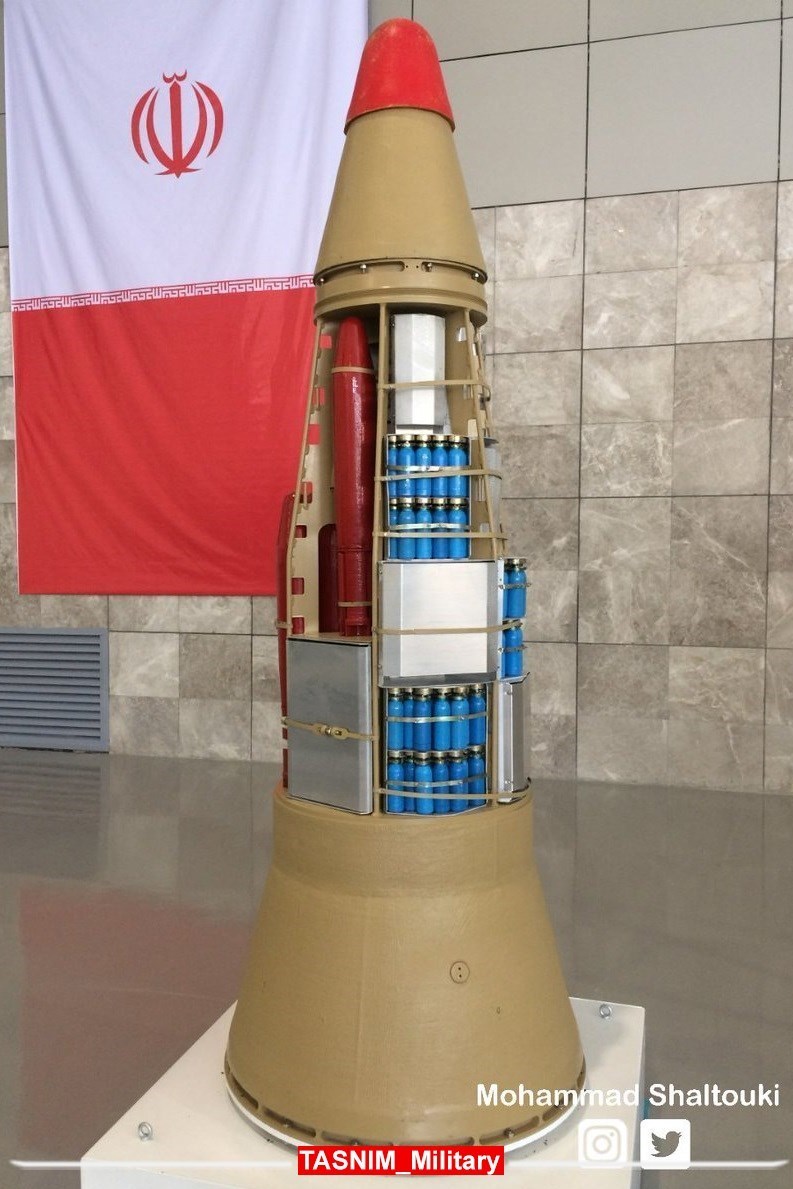
In a series of videos, heavy warheads are successively hitting a specific location on a flat surface at short intervals, purported to be Nevatim airbase.
The images indicate that the warheads used in the attack are of the type that can be guided until final engagement moment.
Apart from the Kheibar-buster, which is a modern missile, the other missiles have been probably furnished with new warheads. Definitely, a number of missiles with old single (non-fragmentation) warheads have been employed to deceive or saturate the enemy’s air defense system.
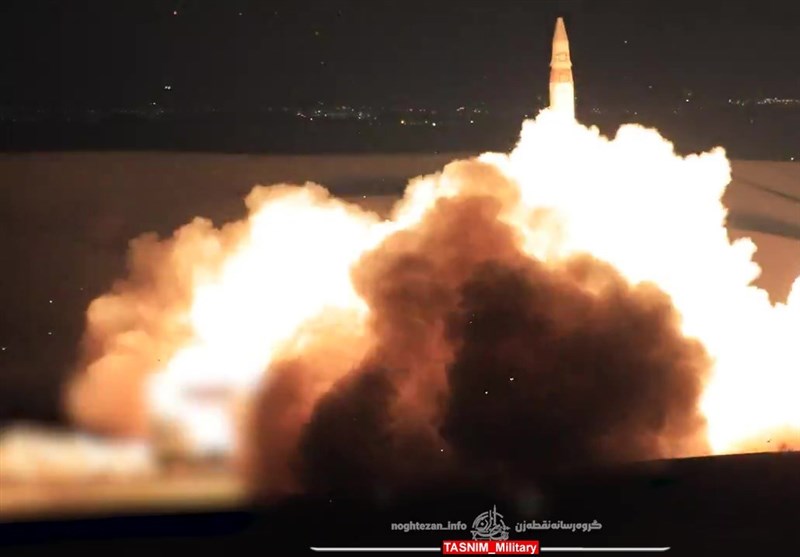
The whole Iranian missiles employed in the operation had detachable warheads. The fuselage of the missile conventionally falls down hundreds of kilometers away from the target.
In order to reduce their humiliating defeat, the Zionist regime’s officials falsely alleged that their air defense systems have intercepted 99 percent of the Iranian missiles.
Unofficial sources say at least 15 missiles have hit Nevatim airbase, while the Zionists are attempting to save face by announcing that only 7 missiles have hit unimportant spots of the airbase.
The IRGC Aerospace Force commander announced recently that Iran has utilized its ordinary and already-known equipment, about whose features the enemy had knowledge.
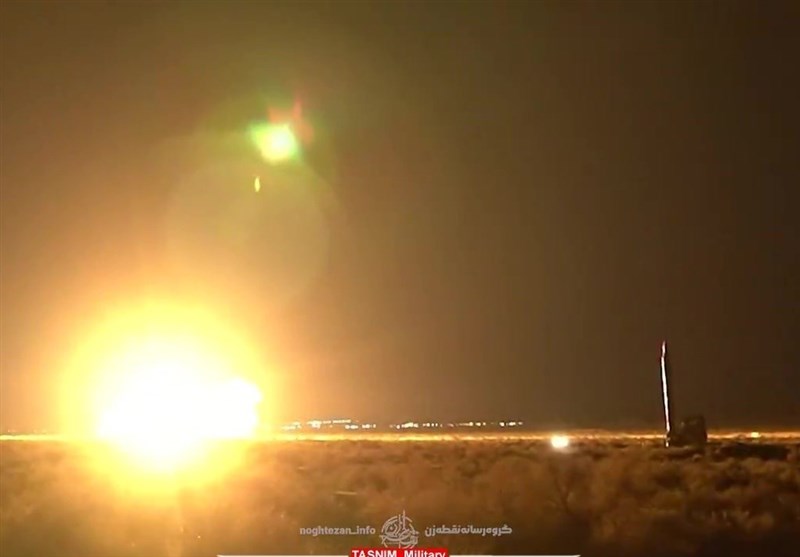
If the Islamic Republic had intended to expand the scope of clashes, it would have begun to plough through the occupied territories after depletion of the enemy’s air defense power.
While the Israeli regime will need months or even years to update its defense missile capabilities, Iran has not still played its trump card, such as Kheibar-buster 2, Fattah-1, Fattah-2 and Khorramshahr-4 missiles.
Moreover, Iran is able to rapidly renovate its assault capabilities by only optimizing the warheads of its missiles, not redesigning them.

